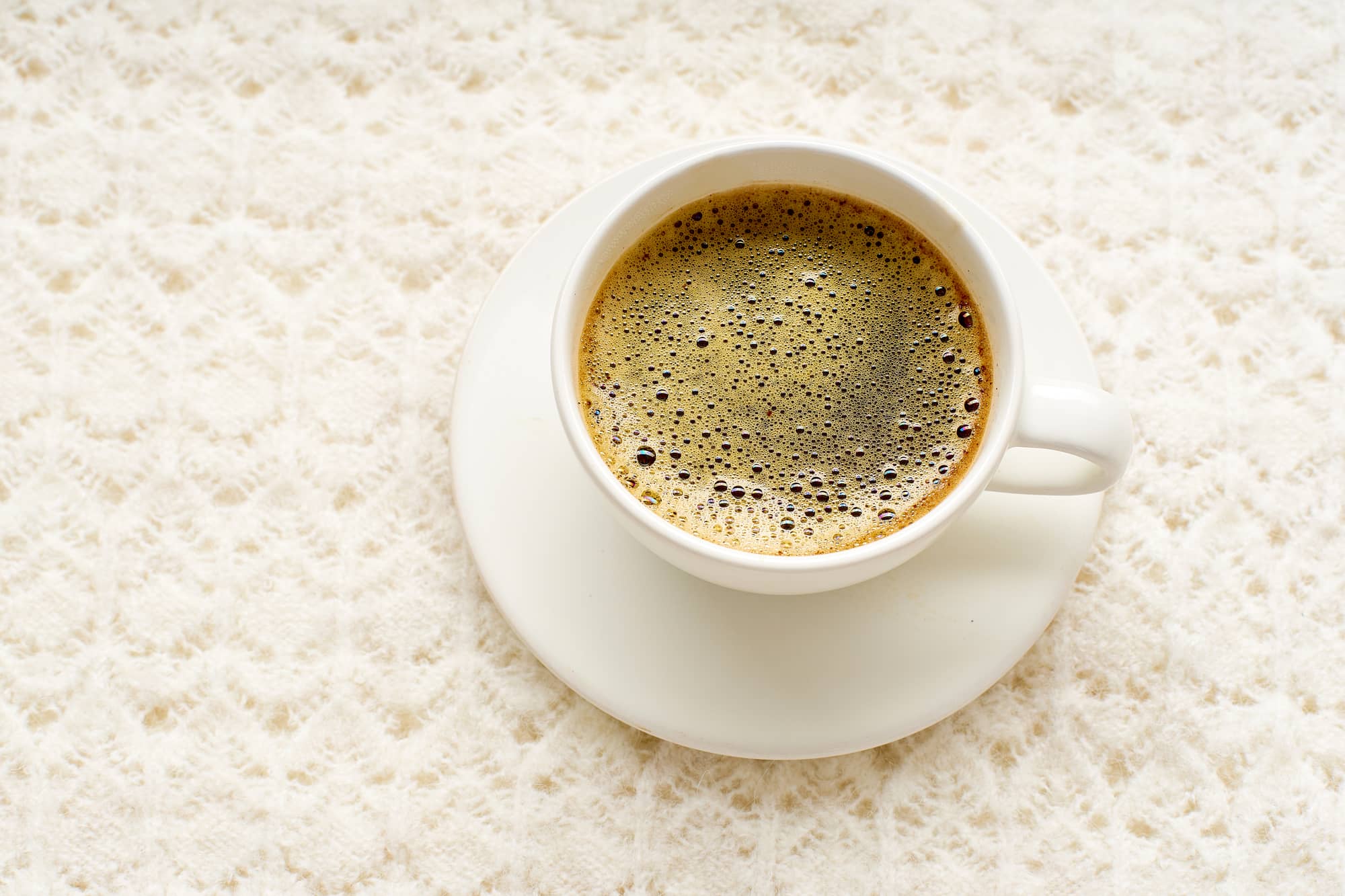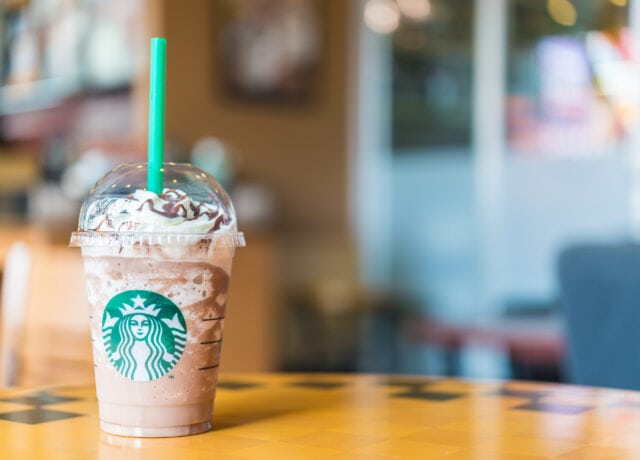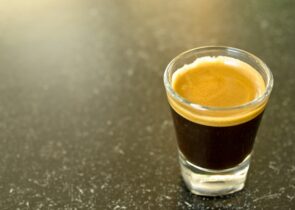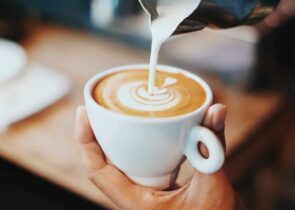If you are an espresso lover, undoubtedly, one of your favorite components is that rich, creamy, foamy layer of crema that hits your tastebuds first as you sip your daily espresso shot. Crema results from the concentration of oils extracted from the coffee grounds as piping hot water is filtered through it during the brewing process.
If you are an avid espresso consumer, quality crema is a telling sign of a well-made espresso shot. Whether you order your espresso from your local café or have an espresso machine at home, a key criterion for good-quality espresso is the crema. Therefore, if there is no crema on your espresso, you’ll have to do some troubleshooting to fix this unsatisfying coffee experience.
There are various reasons why your espresso might lack crema, and we will go over each one in the sections below.
Why Is There No Crema on Espresso?

There are four main reasons why there might be no crema on your espresso, and all have quick solutions. We will explore the issues with crema in-depth and provide a quick fix that’ll instantly recover that long-lost and highly coveted layer of crema for your shot of espresso.
Wrong Coffee Ground Size
The most common reason that your espresso drink has no crema is that you’re using the wrong coffee grind size to pack your espresso filter. The perfect coffee grind size for espresso is much finer than drip coffee or the pre-ground coffee you’d buy for a standard coffee maker. Espresso grounds should be finer than table salt grains, achieving the consistency of powdered sugar.
If coffee grounds are thinner than this powdered sugar consistency, then hot water will not be able to filter through it, and you’ll get a flat, flavorless espresso with no crema. Conversely, if the coffee grounds are too coarse, hot water will pulse through the grinds too quickly, not giving it enough time to mix well enough to extract the oils that create the crema and resulting in weak tasting under-extracted coffee.
You will know that the grounds are too fine if your espresso machine takes longer than 25 seconds to pull, and if it takes less than 20 seconds to pull, then the grinds are too coarse.
The best way to remedy this situation and achieve proper extraction is to ensure that your coffee grinder has the proper settings for espresso grinds. After all, it is always better to buy whole coffee beans and grind them yourself for maximum freshness.
A burr grinder is the best grinder to achieve the perfect fineness for espresso grounds because it has a setting designated explicitly for espresso grounds. If you have a blade grinder, you can achieve the consistency you need for ideal extraction and perfect crema by grinding the fresh coffee beans for approximately 30 seconds.
Stale Coffee
Stale coffee beans are a no-no for any coffee-making as the taste will be either dull or rancid. Stale coffee beans have been exposed to oxygen, thus breaking down the oils that give high-quality coffee its flavor. The lack of these precious oils means they cannot emulsify with water to create the desired layer of crema.
We know it’s never your intention to buy stale coffee beans, but you’d be surprised how often you might mistakenly purchase stale coffee off the shelves of your local grocery store. Your best bet for fresh beans is to buy from a local coffee shop or specialty coffee bean supplier. If you don’t have that option, then check to see that the coffee roasting date on the beans you’re buying is a maximum of two weeks old.
Incorrect Coffee to Water Ratio
So, you’ve ensured your coffee beans are fresh and ground to the perfect espresso consistency. Then, another reason that you may not be getting crema on your espresso is an incorrect coffee to water ratio.
You want a 1:2 coffee to water ratio—that is, for every one part of packed coffee grounds, you should use twice the volume of water. A standard espresso shot uses 18 grams of coffee grounds. You can use a scale to weigh the amount of coffee you will load into your espresso filter. You can then weigh your water to ensure that the ratio is accurate.
Water Pressure Is Too High
A less common reason you’re not getting crema with your espresso is that the water pressure is too high. This is rare because, generally, automatic espresso machines are set to the correct 7-9 bars of pressure needed to create crema.
However, if you have ensured that the previous criteria are met, you might want to check the pump pressure setting on your espresso machine to ensure that it is set to a 9 bar maximum.
Happy Caffeinating!







